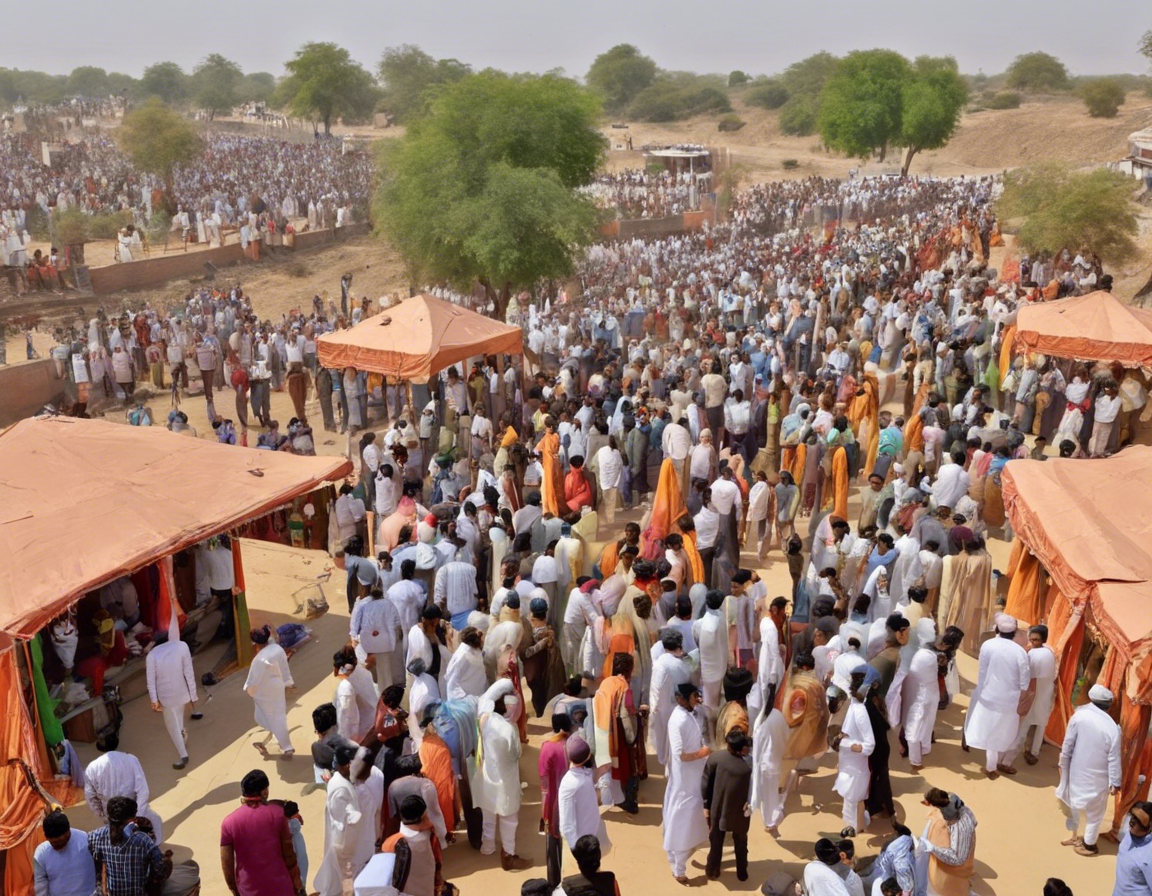The rivalry between India and Pakistan is one of the most intense and long-standing in the world of sports, particularly cricket. The contests between the two nations evoke passionate emotions and attract massive audiences around the world. Rooted in a long history of political, social, and cultural differences, the cricket matches between India and Pakistan have become more than just sporting events – they are a reflection of the complex relationship between the two nations.
History of the Rivalry
The rivalry between India and Pakistan dates back to 1947 when both countries gained independence from British colonial rule. The partition of India led to the creation of two separate nations – India and Pakistan. This division was marked by violence, mass migrations, and deep-seated animosity between the two newly formed countries.
Cricket as a Battleground
Cricket, introduced by the British during their rule, became a way for the two nations to channel their animosity into a sporting arena. The first Test series between India and Pakistan took place in 1952, marking the beginning of a fierce cricketing rivalry that has captured the imagination of fans on both sides of the border.
Key Moments in the Rivalry
Over the decades, the India-Pakistan cricket rivalry has produced numerous memorable moments that have etched themselves into the annals of cricketing history. From close finishes to standout performances by individual players, these matches have transcended the boundaries of sport and become cultural touchstones for the people of both nations.
Impact on Players
The pressure of playing in an India-Pakistan match is immense, with players from both sides feeling the weight of expectations and the intensity of the rivalry. For many cricketers, a standout performance in an India-Pakistan match can elevate their status to legendary proportions, while a failure can lead to intense scrutiny and criticism.
Off-Field Dynamics
Beyond the cricket field, the India-Pakistan rivalry plays out in various facets of society, including politics, culture, and media. Matches between the two nations are not just about cricket – they are symbolic of larger geopolitical tensions and historical grievances that continue to shape the relationship between India and Pakistan.
The Role of Diplomacy
Despite the intense rivalry, cricket has also played a role in fostering diplomatic relations between India and Pakistan. The sport has, at times, served as a bridge between the two nations, providing opportunities for dialogue and cooperation in the midst of political tensions.
Future of the Rivalry
As the India-Pakistan rivalry continues to evolve, fueled by new generations of players and fans, the cricketing world eagerly anticipates each meeting between the two nations. While the dynamics of the rivalry may change with time, its enduring appeal and significance are unlikely to diminish anytime soon.
FAQs
-
Why is the India-Pakistan cricket rivalry so intense?
The rivalry is rooted in historical, political, and cultural differences between the two nations, which have been magnified through cricket. -
How do players prepare for an India-Pakistan match?
Players often undergo special mental conditioning and training to cope with the pressure and expectations of playing in such high-profile matches. -
What are some of the most memorable moments in India-Pakistan cricket history?
Instances like Javed Miandad’s last-ball six off Chetan Sharma and Sachin Tendulkar’s desert storm innings in Sharjah are etched in cricketing folklore. -
Do India and Pakistan play each other in bilateral series regularly?
Due to political tensions, bilateral series between the two nations have been sporadic in recent years, with most matches taking place in ICC events. -
How do fans in India and Pakistan react to the outcomes of matches between the two nations?
Wins and losses in India-Pakistan matches are often met with intense celebrations or expressions of disappointment, reflecting the emotional investment of fans.






